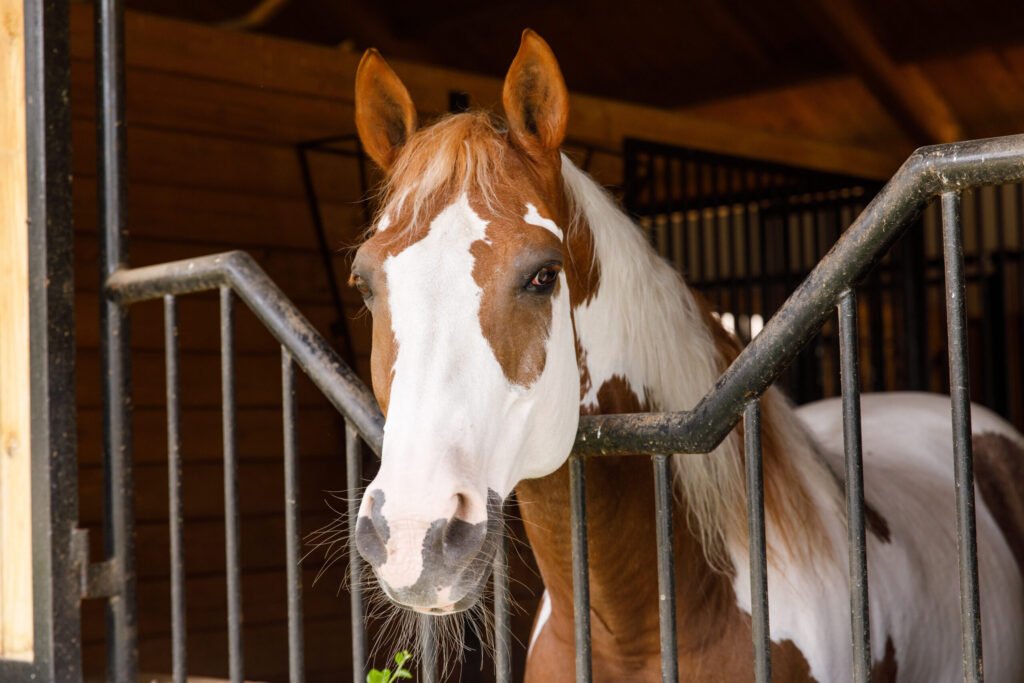Strangles is a common issue among horse populations, and treating it can be challenging. It is highly contagious and can spread rapidly through a barn. Implementing basic biosecurity measures can help prevent the spread of strangles and minimize its impact.
Strangles in horses is caused by an infection from the Streptococcus equi bacterium. The disease can be transmitted through direct contact with infected horses or materials. Even asymptomatic horses can carry and spread the bacteria. Additionally, recovered horses can still be contagious for at least six weeks, potentially leading to prolonged outbreaks.

Symptoms
According to The Horse, the initial sign of strangles infection is usually a fever, which appears three to 14 days after exposure. This may be followed by nasal discharge and swollen submandibular lymph nodes, causing a visible swelling under the jaw. Common symptoms also include difficulty swallowing and breathing, particularly in severe cases, hence the name “strangles.” The disease tends to affect younger horses more severely than older ones.
Clinical signs of strangles in horses may include:
- High temperature
- Enlarged and/or abscessed lymph nodes
- Runny nose
- Coughing or wheezing
- Muscle swelling
- Swallowing difficulties
Diagnosis
Veterinarians typically diagnose strangles in horses using polymerase chain reaction (PCR) testing. This testing can involve nasal swabs, washes, or abscess samples. Treatment approaches depend on the horse’s clinical symptoms, with antibiotics prescribed in severe cases. However, excessive antibiotic use may impede the horse’s immunity development. Most horses recover fully within three to four weeks.
Vaccines
The Horse mentions two vaccines available in the US: an extract intramuscular vaccine and a modified-live (attenuated) intranasal vaccine. These are considered risk-based vaccines for traveling horses or those in environments with frequent horse movement. Ongoing research into strangles vaccination shows promising results with a new intramuscular vaccine.
Implementing biosecurity measures, such as isolating new horses and maintaining high hygiene standards with surface disinfection, can help reduce the risk of outbreaks or effectively manage them.
Basics of Biosecurity
If your horse is exposed to a contagious disease, isolate them for at least two weeks (ideally 30 days) in a separate stall or pen at least 30 to 40 feet away from other horses. Monitor their temperature daily and contact your vet if it rises.
In case of strangles development, collaborate with your vet to provide appropriate care while keeping the sick horse isolated from others. Ideally, use a separate barn or designate a quarantine area away from healthy horses and high-traffic zones.
[READ: More On Biosecurity]
Ensure thorough handwashing before and after tending to the sick horse, and provide hand sanitizer for additional cleanliness. Disinfect all equipment that comes into contact with the sick animal. Attend to sick or exposed horses last in your daily routine.
Set up a dedicated wheelbarrow and fork for cleaning quarantined stalls. Use specific rubber boots, gloves, and possibly coveralls solely for the quarantine area. Establish a footbath with proper disinfectant for individuals exiting the quarantine zone.

